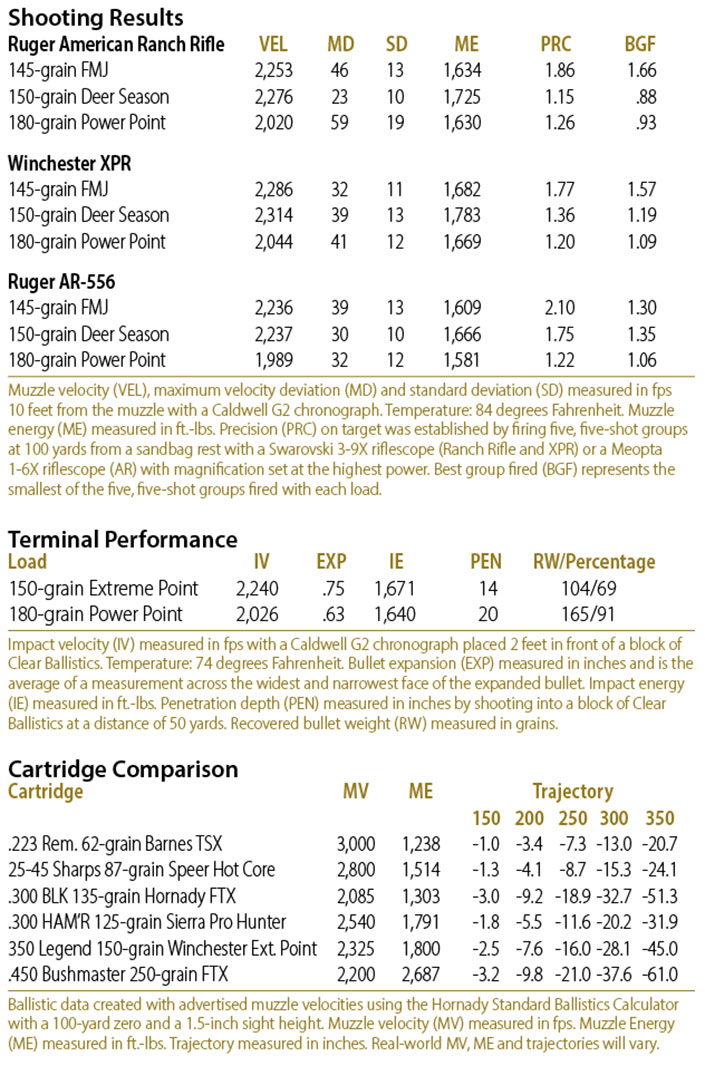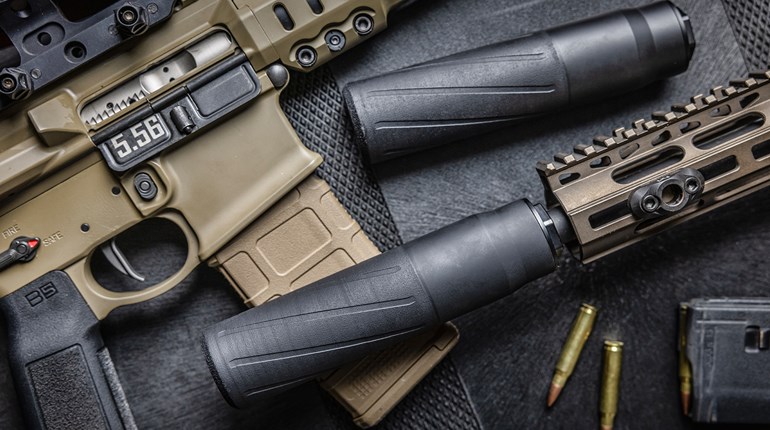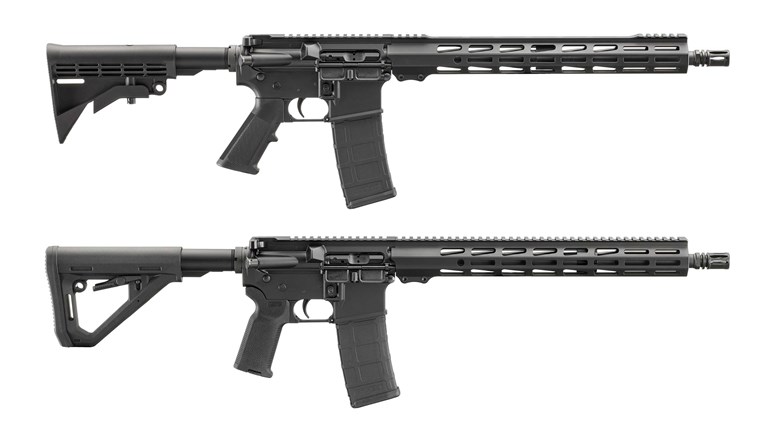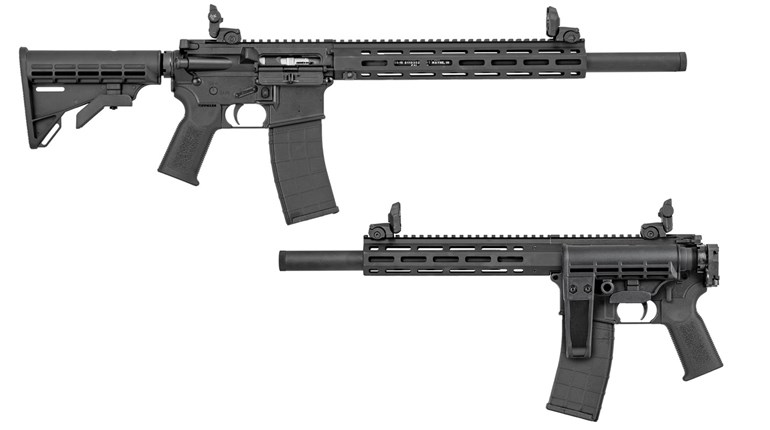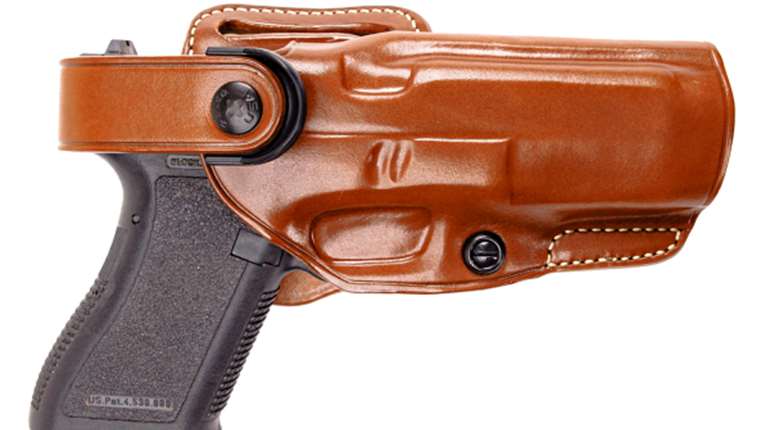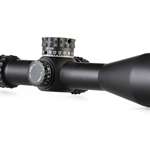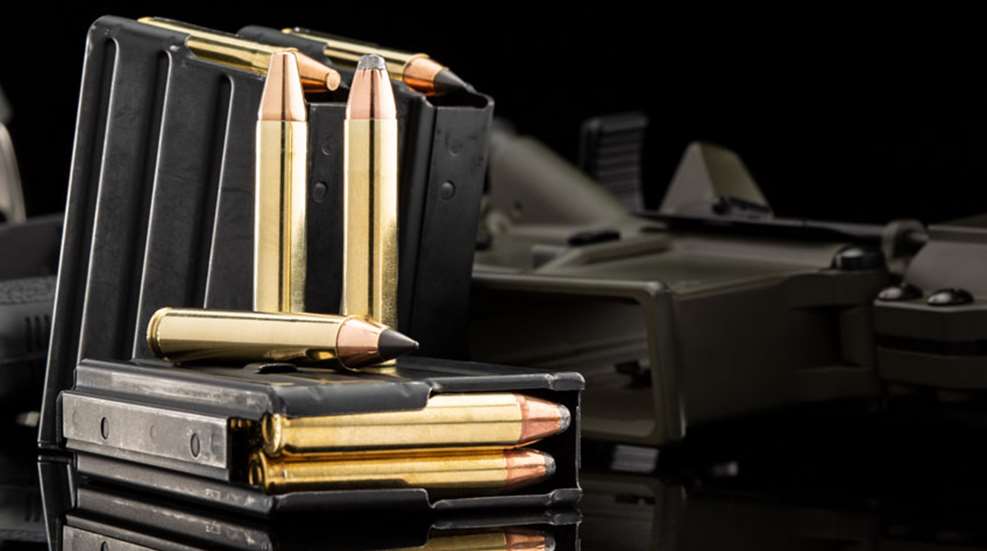
The development and popularity of metallic cartridges has traditionally been driven by the military. Consider the .45-70 Gov’t, .30-’06 Sprg., .308 Win. (7.62 NATO) and the .223 Rem. (5.56 NATO). This is partly because military adoption translates to dollars, but also because up until near the end of the last century, shooters mostly chose a cartridge to fill a general role. That’s changing. Today we’re seeing the proliferation of the specialized cartridge; a cartridge engineered for a specific—often narrow—military or civilian task. This desire for specialization is how we ended up with Winchester’s new 350 Legend.
Winchester began development of the 350 Legend in 2017. The primary motivation was the need for a straight-wall cartridge that would meet the legal requirements in several states previously only allowing shotguns and muzzleloaders for deer hunting. Though I would not call it a revolution, this straight-wall resurgence has increased the popularity of cartridges—like the .450 Bushmaster—that were waning in popularity. The 350 Legend fills this “specialized” need, but the question of whether it has any practical or tactical application beyond whacking deer somewhere in the Midwest remains.
Before we try to answer that, let’s delve into exactly what the 350 Legend is. The cartridge case for the 350 Legend is similar to the .223 Rem. (5.56 NATO). The case utilizes a small rifle primer and has the same .378-inch-diameter rim as the .223, but it has no shoulder. However, it does taper from .390 at the base to .378 at the case mouth. Like the .223 Rem., the 350 Legend’s cartridge overall length (COAL) is set at 2.260 inches, and the case holds about 36.5 grains of water. SAAMI (Sporting Arms and Ammunition Manufacturer’s Institute) set a MAP (maximum average chamber pressure) for the 350 Legend at 55,000 psi, which is also identical to the .223 Rem.
By now you should be getting the picture; from inception, the 350 Legend was intended to work with the AR-15 platform. The 350 Legend case is only about a tenth of an inch longer than the .357 Maximum and just .12-inch longer than the .357 Mag. The real difference is the 350 Legend’s rimless design and operating pressure. The .357 Mag. is only loaded to 30,000 psi and the .357 Maximum to 40,000 psi. And, of course, neither of these revolver cartridges are compatible with Stoner’s semi-automatic (AR-15) design that has essentially become “America’s Rifle.”
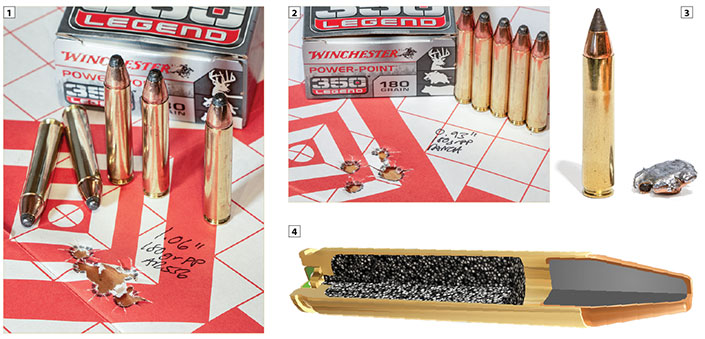
The bullet diameter for the 350 Legend is set at .357 inch. This means that .357-caliber pistol bullets could be loaded in this cartridge. However, our current crop of flat- and hollow-nose .357-caliber pistol bullets are intended for use in revolver cartridges, which with long handgun barrels will generate at most around 1,600 fps. Out of a 16-inch barrel, the 350 Legend will push factory ammunition well in excess of 2,000 fps. On impact with soft targets, this would overly stress these handgun bullets. So, guess what? Winchester created a collection of 350 Legend-specific projectiles, which have streamlined shapes capable of handling the higher impact velocities.
Current count shows more than a half-dozen available factory 350 Legend loads. Winchester offers a 145-grain FMJ load rated at 2,350 fps, a 150-grain poly-tipped bullet at 2,325 fps and a conventional lead-tipped 180-grain Power Point at 2,100 fps. Hornady is offering a 170-grain Interlock at 2,200 fps, and Federal is on board with two 180-grain soft points at 2,100 fps and a 160-grain Fusion load. For the hunter, all of these—with the possible exception of the 145-grain FMJ—are more than sufficient for any whitetail deer or feral hog.
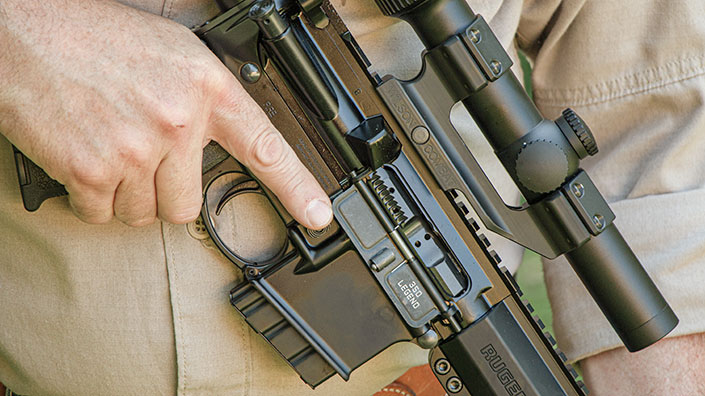
With recoil out of a 7.5-pound rifle running between 9 and 11 ft.-lbs., the 350 Legend is quite comfortable to shoot. It delivers a larger diameter and heavier, supersonic bullet than the .223 Rem., 6.8 SPC or .300 BLK, which are all common defensive cartridges for the AR-15. What might surprise you is that Winchester is also offering a 265-grain subsonic load for the 350 Legend. This would explain why many of the new 350 Legend rifles come with a threaded muzzle. I’ll bet it won’t be long until we see a subsonic load for this cartridge that makes use of an expanding/deforming bullet.
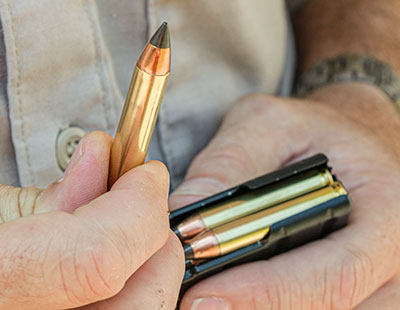
Before we get into the actual performance/effectiveness of this cartridge and its perceivable application, let’s take a pragmatic look at AR-15-compatible cartridges. Obviously, they’re limited
in overall length to fit inside the AR-15 magazine, and they’re also limited in power—55,000 psi—to function in that platform. This means that no matter how you shape the .223 Rem. cartridge
case (or something similar), or what diameter bullet might be shoved in it, all that can be done is a manipulation of the inherent power that can be generated with 55,000 psi of pressure.
Some cartridges chambered in the AR-15 will shoot fast and flat, while others will hit harder. Picking one over the other means you must plant your feet on one side or the other of the fence or try to walk a balance right down the middle. The .223 Rem. will shoot the fastest and flattest—at 300 yards the bullet will drop half as much as the 350 Legend. The 350 Legend on the other hand will hit harder—almost 50 percent harder at the muzzle than the .223 Rem. At distance, cartridges like the 25-45 Sharps and .300 HAM’R offer more middle-of-the-road performance between the .223 Rem. and the 350 Legend.
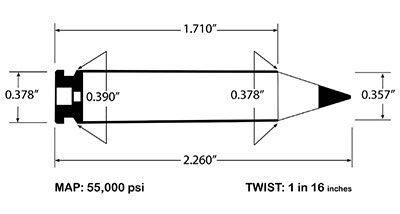
So, what you have with the new 350 Legend is the hardest-hitting factory cartridge that will work in a standard AR-15 with the standard .373-inch bolt face. (Of course, the .450 Bushmaster will hit even harder, but requires a different bolt.) This means any AR-15 originally chambered for the .223 Rem. can be converted to 350 Legend. What you sacrifice is the ability to carry that power anywhere past what most shooters now consider short range. Due to the low ballistic coefficients of the bullets used in a 350 Legend—compared with the bullets used in other cartridges designed for the AR-15 platform—velocity falls off fast. From the general-purpose standpoint, the 350 Legend is at its best inside of 250 yards, which, of course, is more than fine for defensive purposes.
This is not a particularly limiting factor, especially considering the level of terminal performance built into the bullets Winchester has designed for the 350 Legend. The company offers two expanding options. The first is a 150-grain Extreme Point. Fired into a block of Clear Ballistics gelatin, it penetrated 14 inches, deformed with a frontal diameter of .75 inch (2.1 times its original diameter) and retained 69 percent of its weight. The 180-grain Power Point was recovered at a depth of 20 inches, with a frontal diameter of .63 inch and 91 percent retained weight.
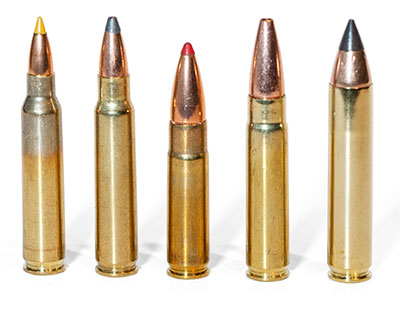
Where does this place the 350 Legend in the scheme of AR-15-compatible cartridges? For general-purpose use, the .223 Rem. still reigns supreme. With it, you have more ammunition options for a wider variety of applications than any other cartridge. From a balanced ballistic standpoint, the 25-45 Sharps could be as versatile, but lack of any support by gun and ammunition manufacturers has left it dying on the vine. If subsonic shooting is your forte, the .300 BLK is the current undisputed best bet. For dedicated big-game hunting, the .300 HAM’R is a fantastic choice, but the manufacturer support it might get on both the ammunition and firearm side beyond Wilson Combat is—for now—uncertain.
The niche the 350 Legend fills is that of a one-gun solution for self-defense and big-game hunting inside of 300 yards in a compact carbine—bolt-action or semi-automatic. The 350 Legend should be of particular interest to self-defense-minded deer hunters in the several states that require the use of straight-wall cartridges. Essentially the antithesis of the .223 Rem.—a tactical cartridge sometimes pressed into duty as a big-game round—the 350 Legend is a hunting cartridge that can excel in a tactical environment.
Though many afflicted with what is known as neophobia—the fear of anything new—will suggest the 350 Legend is a solution to a question that was never asked, it is actually the solution to a problem that has existed since the dawn of the AR-15. The 350 Legend takes America’s rifle and adapts it quite well to the human heritage of hunting, while at the same time providing a well-configured firearm that can be employed for personal protection with aplomb. Should you have to defend your family from a home invasion, you can do it very effectively with an AR-15 chambered for the 350 Legend.
That alone is a noble thing and one that should be celebrated. The 350 Legend may never approach the popularity of 6.5 Creedmoor, .308 Win. or .223 Rem. It is, however, something completely different and something—based on the strength of early sales alone—a great many shooters have been looking for.
